If I asked when you last spotted a Fiat 128 on the road, assuming that you could recall what that car looked like, I’d guess that the answer would have a ‘19’ at the beginning. According to the DVSA, there are just four of them currently registered in the UK, so you would be forgiven if it had been completely wiped from your automotive memory bank.
But despite the 128’s virtual obsolescence, beneath the boxy styling of this innocuous-looking car lies the technological template for today’s Fiat 500, Ford Fiesta, Vauxhall Astra and pretty much all other front-drivers from the past 50 years – including the current Volkswagen Golf, which you see dwarfing the 128.
Why have we brought this pair together? To find out if the mechanical lineage that links them can still expose fundamental similarities in the way that each drives. We’ve chosen the Golf specifically because there’s ahistoric connection between the 128 and the original Golf from 1974.

In 1969, when Fiat launched the 128, Volkswagen had decided that its long-in-the-tooth Beetle needed replacing and opted for a FWD platform for its successor. Giorgetto Giugiaro was commissioned to design the body, and on his first visit to Wolfsburg in 1970 (the year in which the 128 won European Car of the Year), he found a completely disassembled 128 in the research department, with every component carefully numbered and labelled.
So why were Volkswagen’s engineers paying so much interest to the prosaically styled Italian car when it didn’t appear to introduce any groundbreaking innovation at launch? The reason was that the 128 was the first mainstream FWD car that successfully brought together all the latest contemporary technology – particularly in its drivetrain and chassis – that not only made it a thoroughly enjoyable car to drive and be a passenger in but also signposted the most costeffective and logical way for a large manufacturer to exploit the growing trend towards FWD machinery.

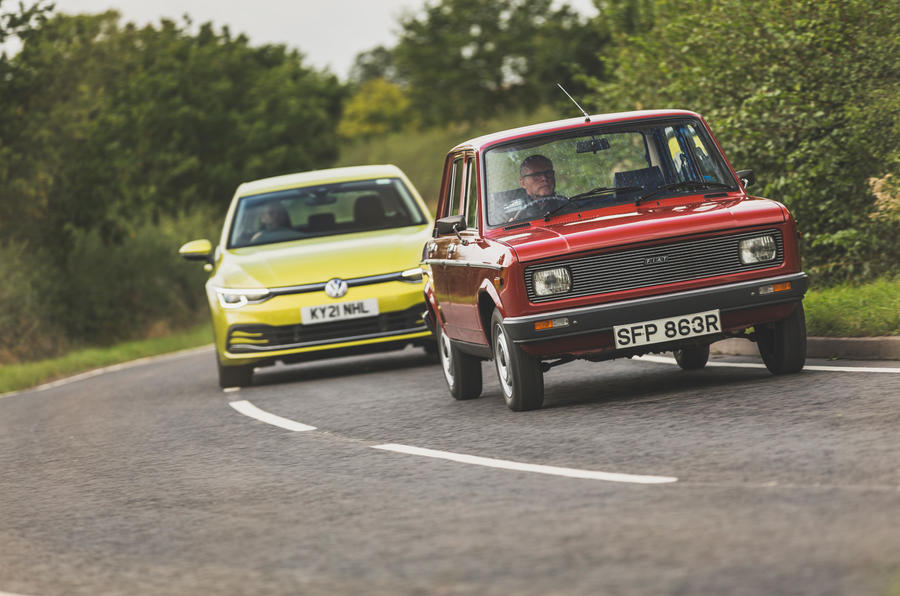




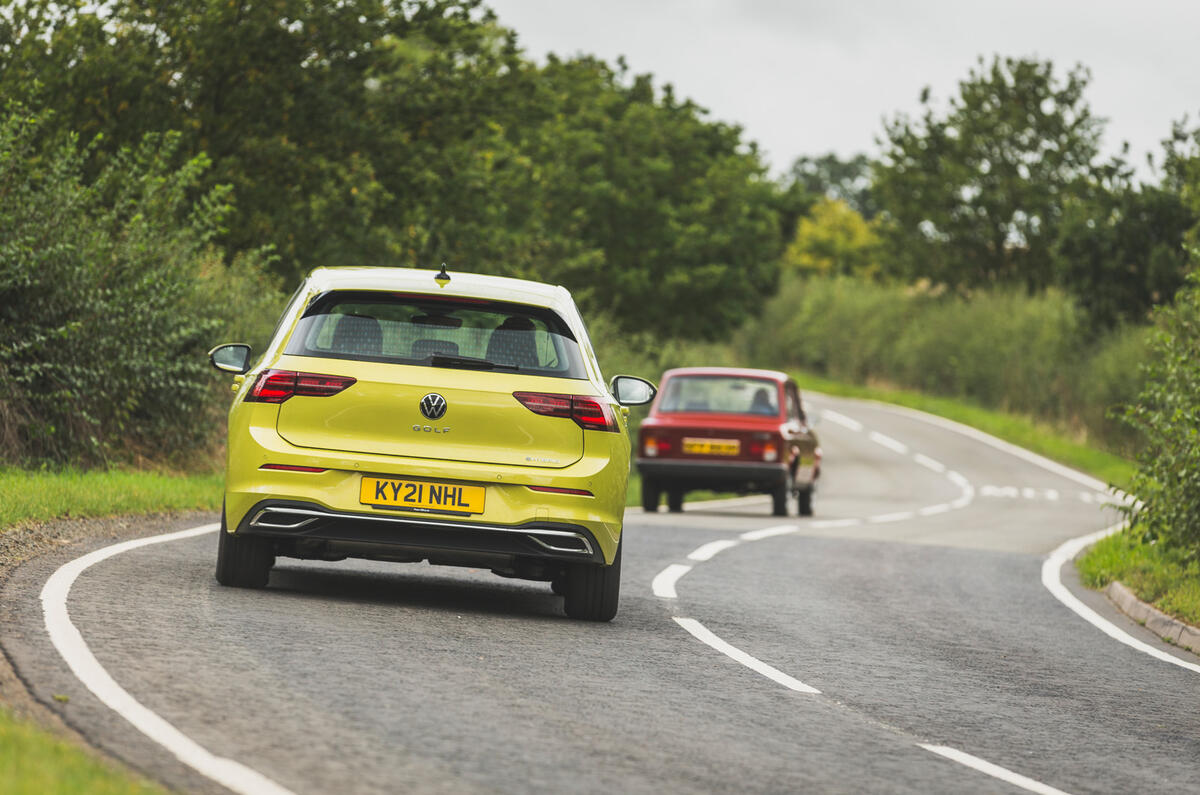



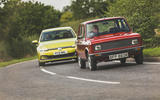









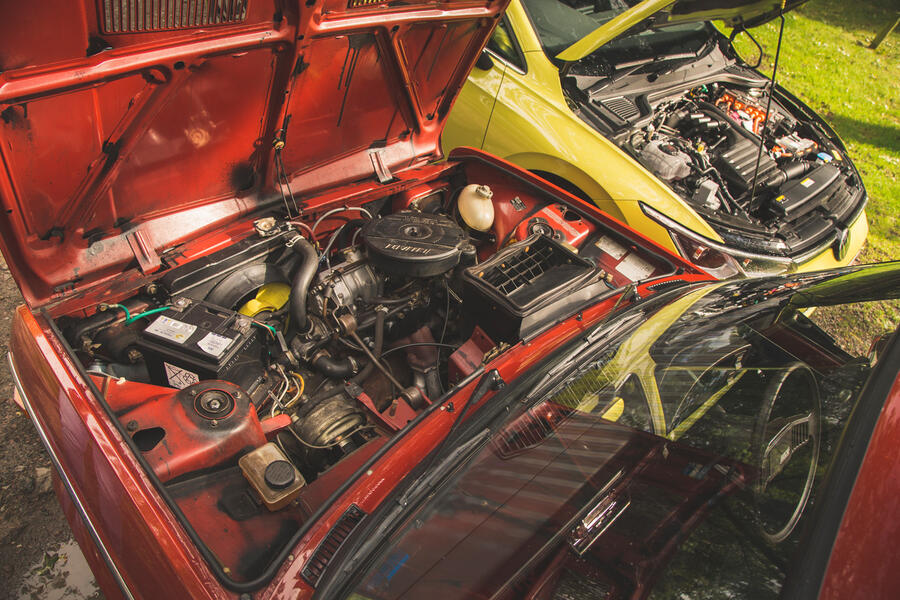
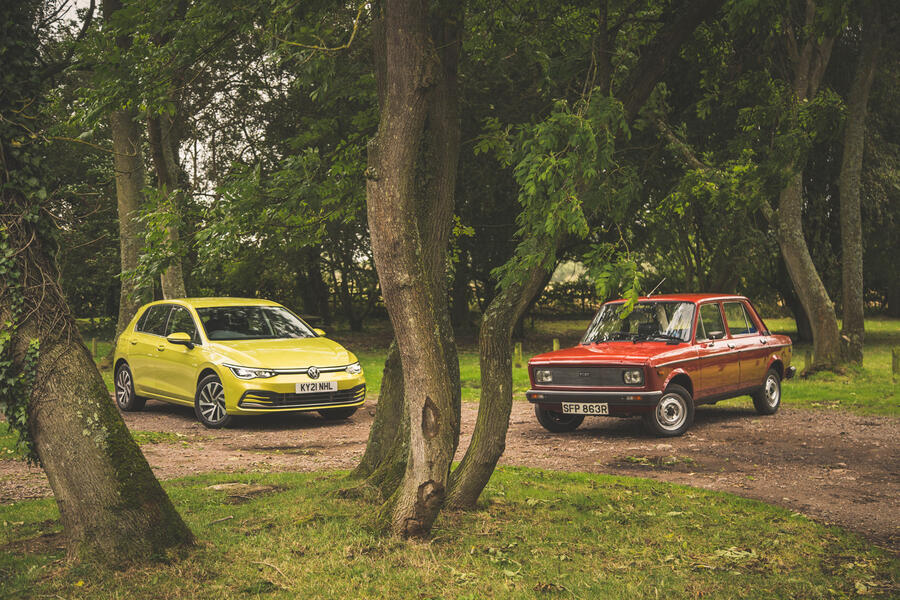
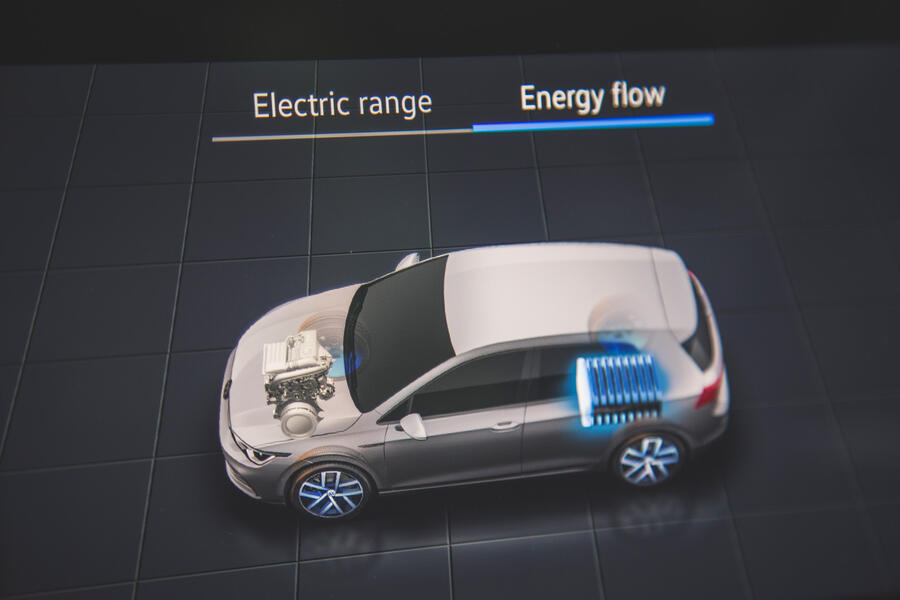
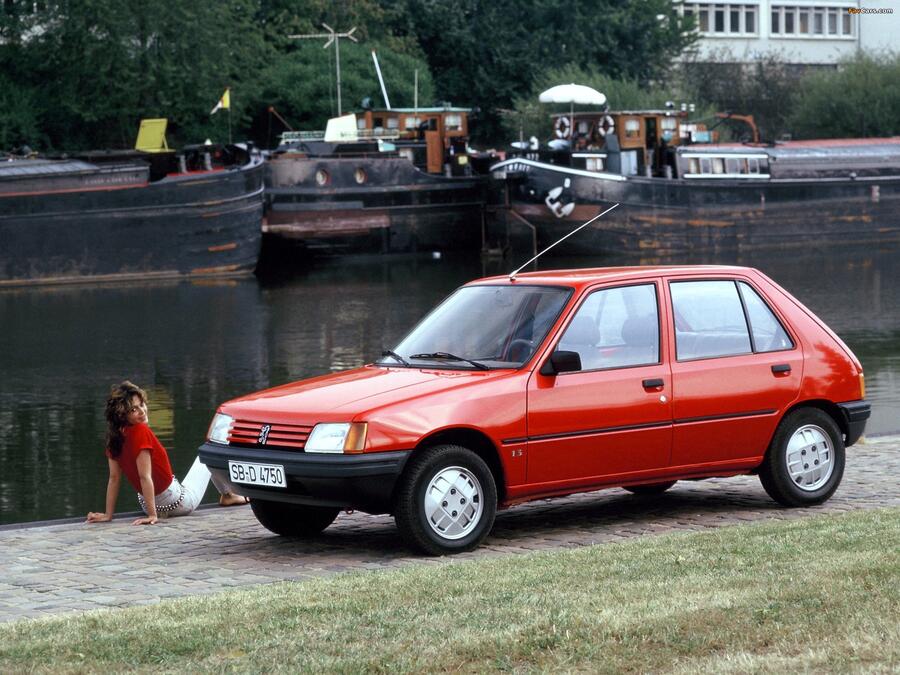
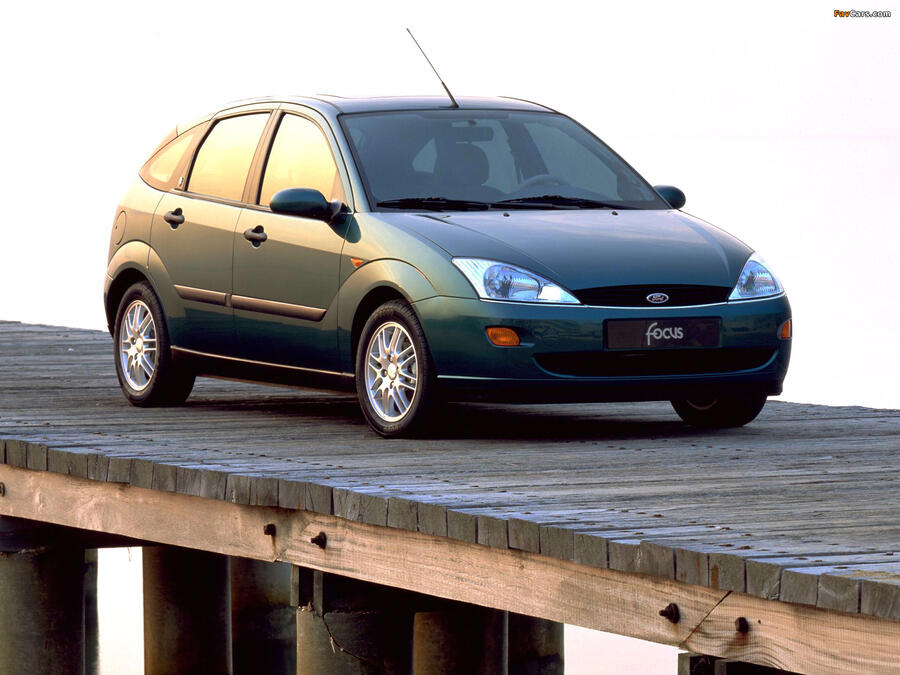
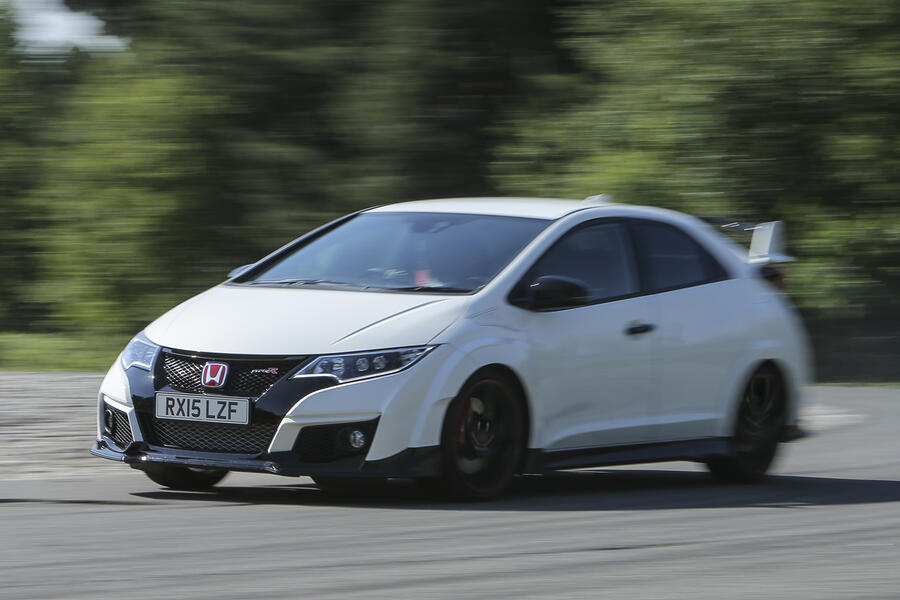


Join the debate
Add your comment
I read in one of the magazines years ago that the mk1 golf was a design that Fiat rejected when considering designs for the Strada. That's was the likely the reason for the vw interest in Fiats and why the mk1 golf looks the way it does.
Nice article. The key thing is that the Fiat 128 (and the earlier SIMCA 1100 and Primula) defined the modern LAYOUT with the transverse engine and end on gearbox. The 128 in particular, with its OHC engine, rather than the tappety one in the Simca.
Earlier FWD cars had longitudinal engines or the BMC in sump layout
In the early 80s my weekly trip back to college would be provided by various parents in a sort of car-pool syspem; Mercedes S, Rover SD1 and more prosaic Opel Kadettes would haul us the 56 miles across the rough and twisty roads of the Wicklow mountains.
Occasionally my Mum would let me have her old 128 (from 1972) to self drive.
And it was in that car, on one occasion, that I did what no Merc or Rover did: made the journey in just (by seconds) under 60mins.
The 128 was a joy. Eager high reving engine, slick gear change and lovely controled 4-wheel drifts into bends. I had two friends with me and the 3 of us were largely silent as this totemic achievement became more and more a possibility. Or perhaps they were scared, as I cut corners (with full visibility of the road ahead) and relied on the 128 excellent and predictable handling to carry a lot of speed into the many bends.
I still remember that drive fondly and doubt if it has been bested by anything this side of a Porsche, (possibly).
Was never given the car again by my Mum after that for some reason.